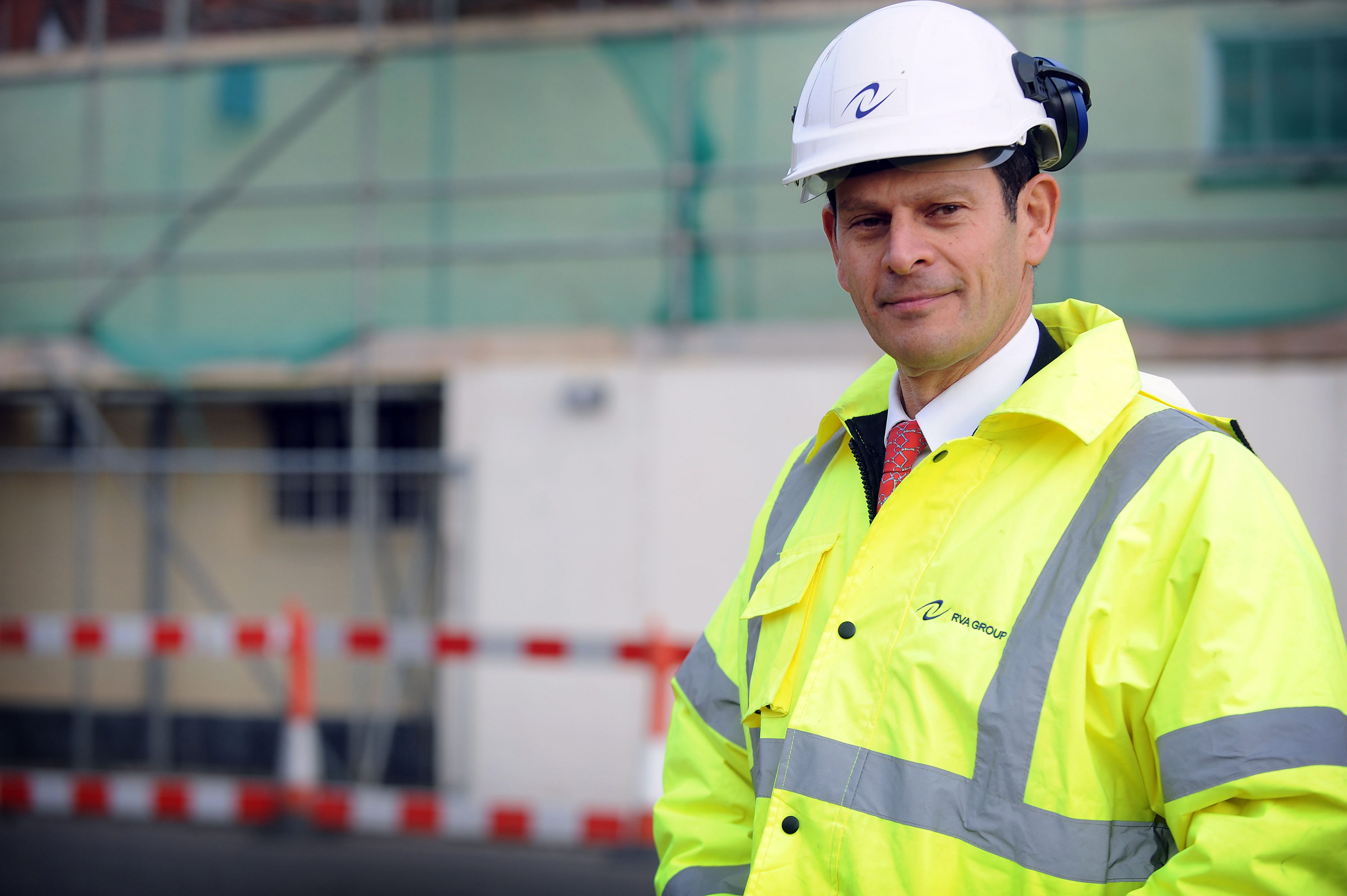Managing director of RVA Group, Richard Vann, recently spoke to Demolition Hub for his latest column, stating the importance of decommissioning, and the key considerations that need to be discussed at the design stage of a project.
If you missed the article, catch up below.
When we’re talking about industrial and high-hazard plants, decommissioning often signals the end of an era. The decision to retire an asset ushers in a complex process of planning, design and execution — a terrain navigated by skilled and experienced professionals. The greater the scale of the site and hazards associated with its operational life, the more intricate the project tends to be.
But the journey to decommissioning success begins long before the first cable is cut or brick dismantled. In fact, it commences at the design stage, where forward-thinking professionals merge vision with pragmatism, acknowledging the inevitability of an asset’s end. So, what are the key considerations that should be made at this stage?
Safety and expertise
At its core, decommissioning demands a distinct set of skills that go beyond routine maintenance or occasional shutdowns. Operators, intimately acquainted with the assets they have run and maintained for several years, can add significant value here, with a significant depth of process and plant-specific knowledge.
Handling this element of this phase of the project using internal resources could make commercial sense too — not least if finances are tight. And, in the case of asset rationalisation or complete site closure, involving operators in the decommissioning works that follow could mean extended employment terms for personnel, supporting the organisation’s duty of care if forced to consider redundancies.
Of course, decommissioning isn’t simply a reverse of the construction process. And bringing an asset to the ground involves more than a fleet of wrecking balls. The decommissioning discipline, and the decontamination, demolition and dismantling skill sets typically required for such projects, represent a distinct area of engineering. Involving specialists early in the design process is therefore essential in order to maintain robust safety and environmental standards, prevent abortive effort and cost, and streamline the project from start to finish.
Regulatory compliance
Adherence to regulatory standards is paramount in any project. The CDM Regulations, a benchmark for best practice, advocate rigorous planning and execution. Designing with decommissioning in mind ensures the project aligns with these regulations seamlessly. Allocating a principal designer plays a key role in this respect, ensuring the right people do the right job at the right time.
While asset owners or operators are not excluded from this statutory duty, the necessity for experience and expertise raises doubts about their suitability. Of course, that’s not to say they can’t take on this role. However, it’s important to consult a well-versed decommissioning team to support with planning and documentation, as well as auditing works throughout, as a minimum, serving as a gold standard roadmap from start to finish.
Environmental impact
In an era where environmental sustainability is non-negotiable, early consideration of decommissioning aligns with the global shift toward a closed-loop society. Designing assets with an eye on their eventual deconstruction allows for the integration of more sustainable practices and methodologies.
By reviewing hazards relevant to the operational background and current condition of a site, for example, dangerous materials and other complex waste streams, and the extent to which assets are in a known state, can be dealt with in a safe and compliant way. This results in a cohesive output, keeping risk management and environmental, health and safety excellence in firm focus.
Understanding how an asset’s resources can be redeployed when it reaches end-of-life is key too, underpinning what it means to be ‘circular’. Whether it’s dismantling, relocating, and re-erecting an entire structure elsewhere or salvaging individual elements for installation in other processing facilities, an asset should never be designed to one day become completely ‘redundant’. In other words, resource efficiency should never be an afterthought — not just from an environmental standpoint, but to boost financial advantages too.
Financial prudence
Decommissioning isn’t merely a cost to be borne at the end of an asset’s life — it’s an ongoing financial consideration. Early collaboration between designers and decommissioning experts empowers clients with valuable data. This data, integrated into the design phase, informs budgeting exercises, enabling the accrual of adequate funds for the asset’s eventual retirement. What’s more, it facilitates periodic assessments ensuring ongoing viability, and aids in decision-making processes, such as retro-fitting or asset divestment.
Closed loop collaboration
The concept of closed-loop collaboration, prevalent in sustainable product design, finds resonance in the construction and decommissioning industry. By embracing this approach, project stakeholders can create a continuous feedback loop, where insights from the decommissioning phase inform future designs. This cyclical exchange of knowledge not only enhances the efficiency of individual projects but also contributes to industry-wide advancements in safety, environmental sustainability, and cost-effectiveness.
Of course, these conversations are already taking place. But with ongoing supply chain dialogue, we can close the loop once and for all.









